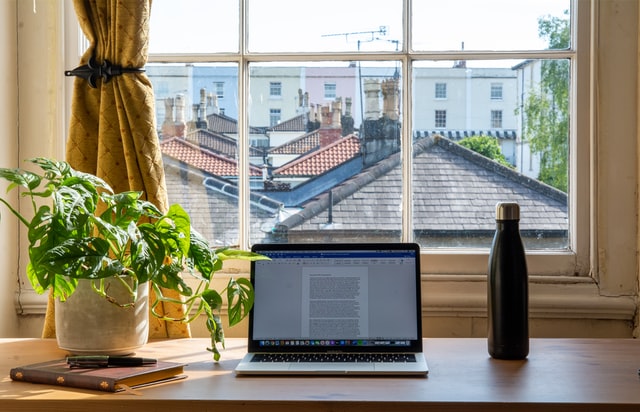The increasing number of people working from home was initially supposed to be a temporary response to COVID-19 lockdowns. Companies also took it as an opportunity to experiment with the work-from-home model. And for the most part, it seems to work. It’s expected that there will be many more permanent work-from-home positions even after vaccines are distributed.
This has had and will continue to have implications for spending patterns and stock values. Traditional work clothes aren’t necessary for many people, nor is spending on commutes, work lunches, and coffee breaks. Most shopping is going to be done for the home — and also at home, signaling a boon for e-commerce. In the real estate sector, commercial construction is expected to drop as fewer companies require as much office space. A major advantage of the work-from-home model is that more people are able to enter the workforce, since it opens the doors to people unable to commute, such as those who are disabled, can’t afford reliable transportation, or have children at home.
Photo by Mikey Harris on Unsplash
More: https://www.morganstanley.com/ideas/coronavirus-work-from-home-trend
